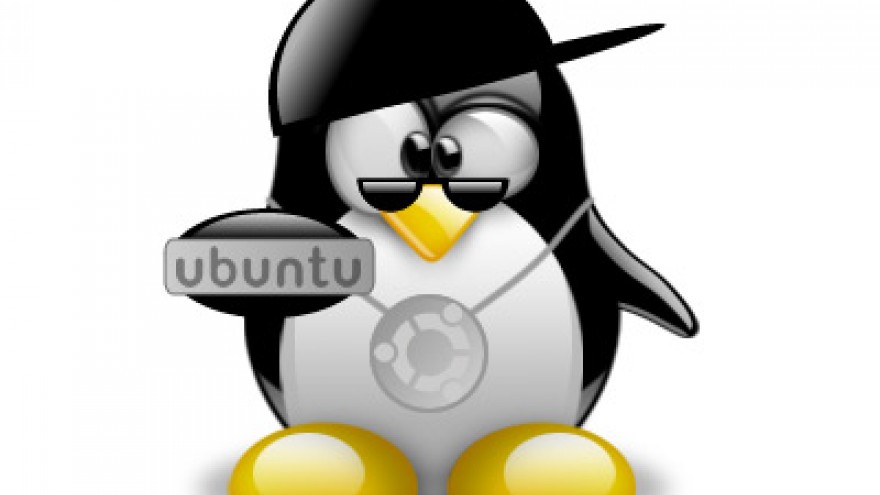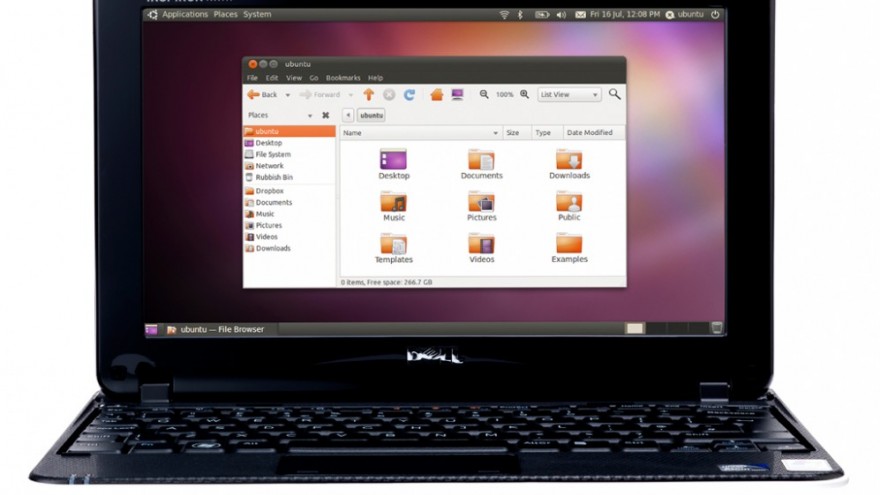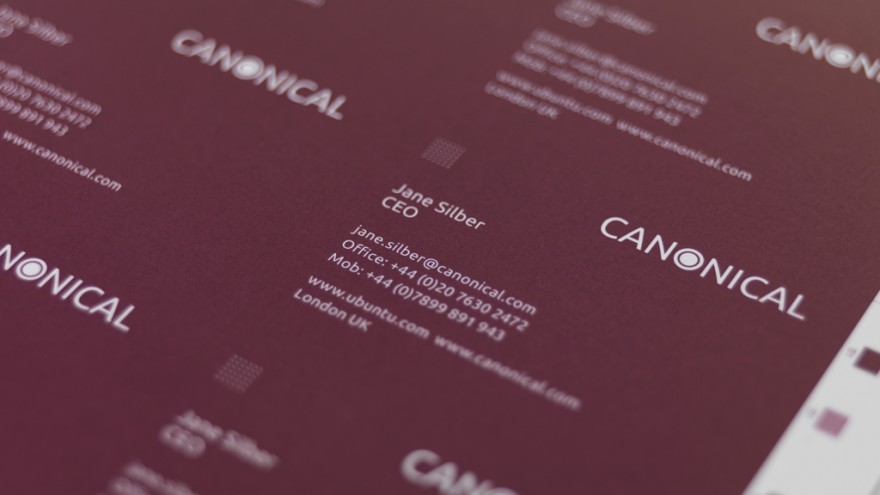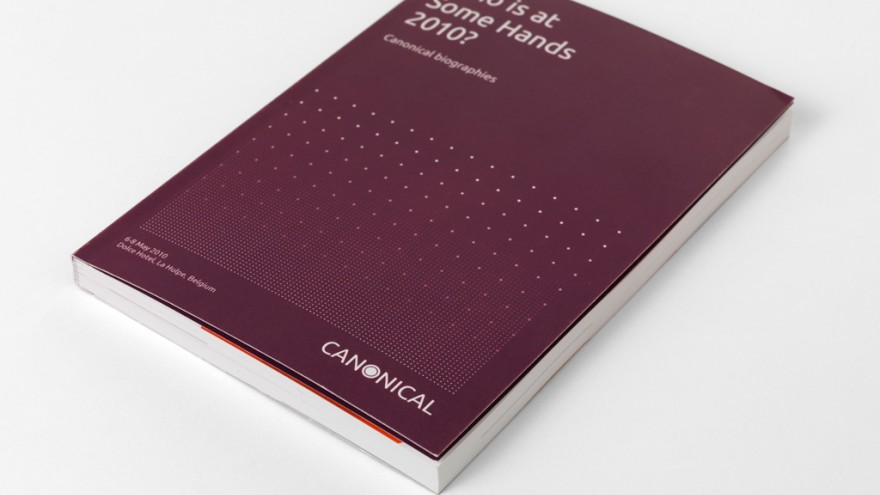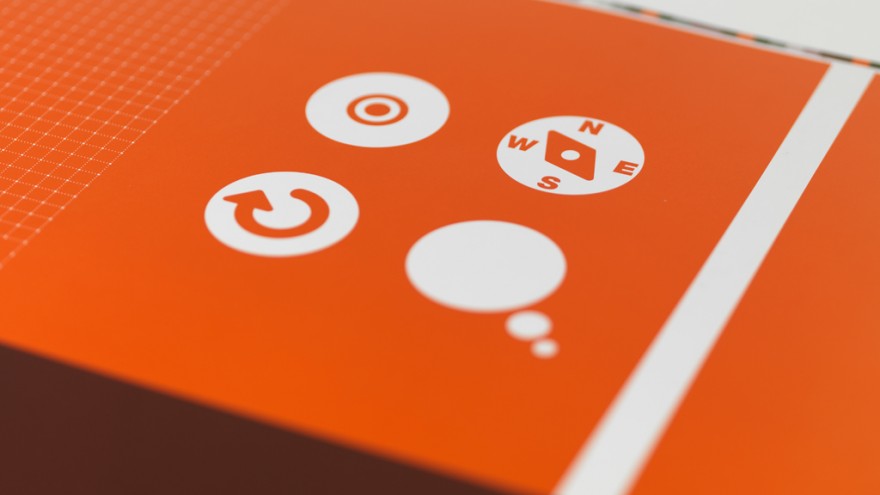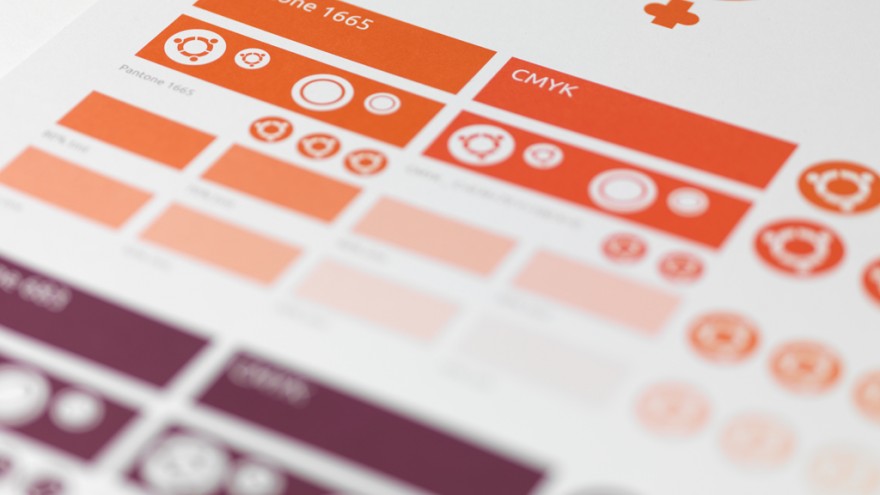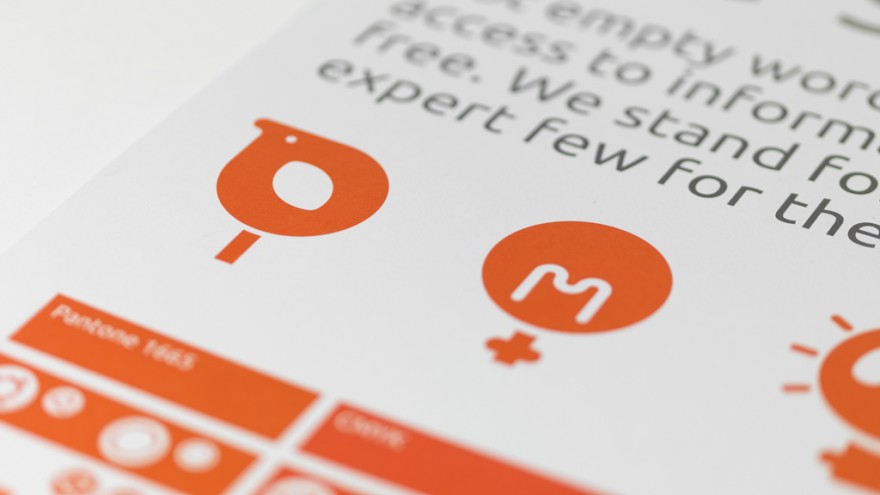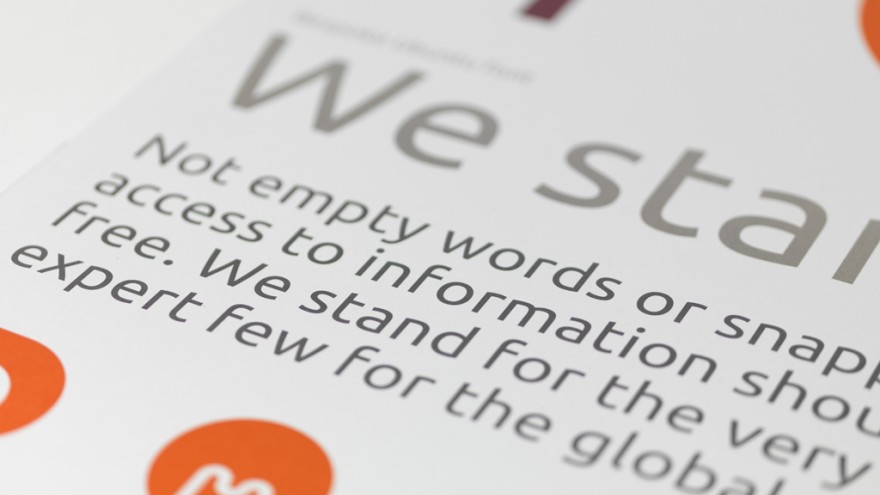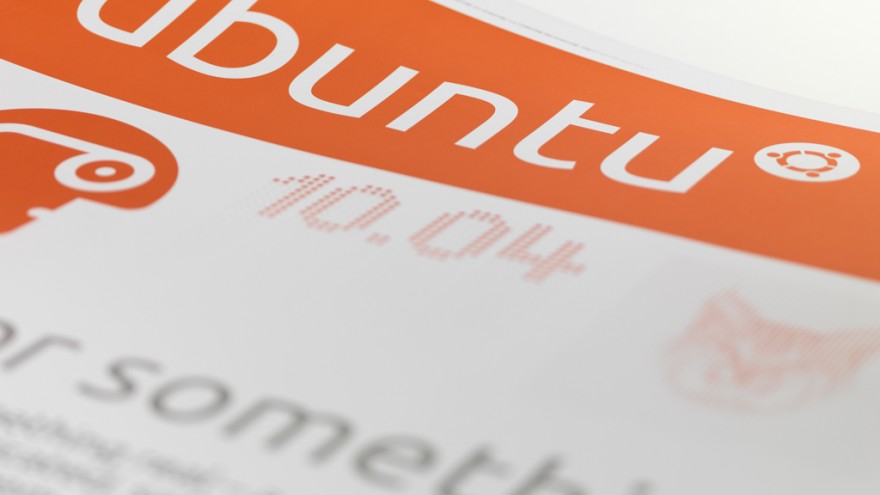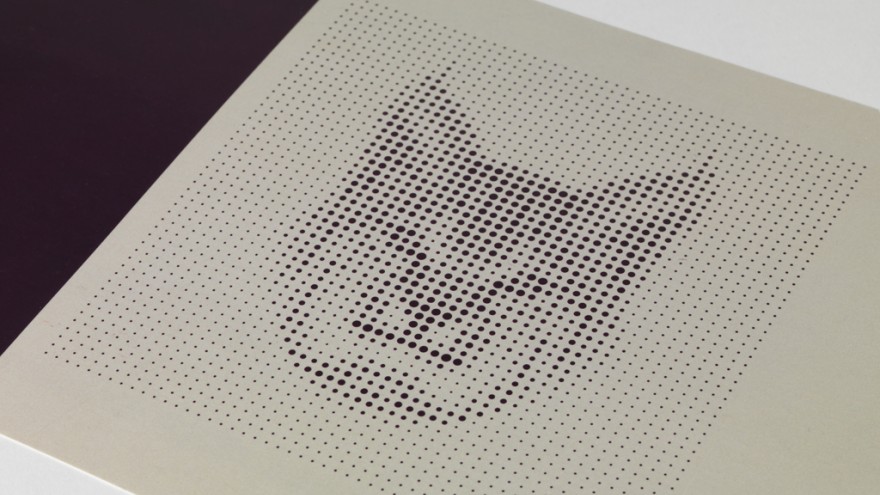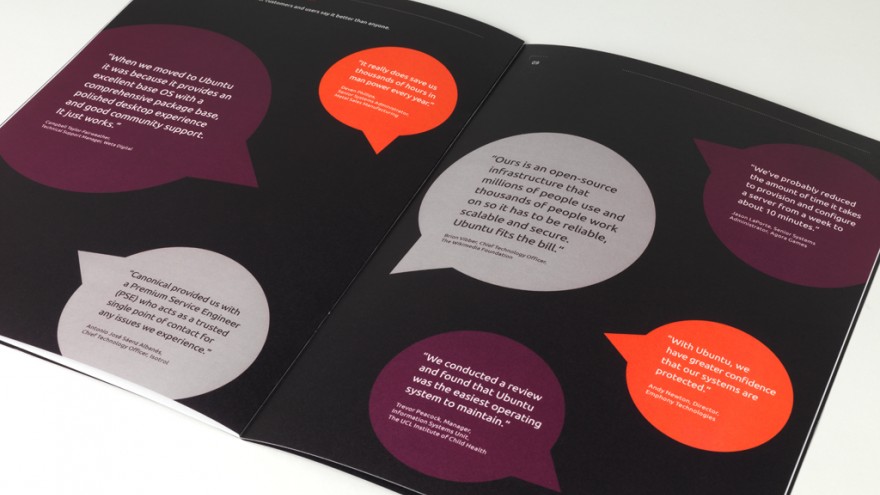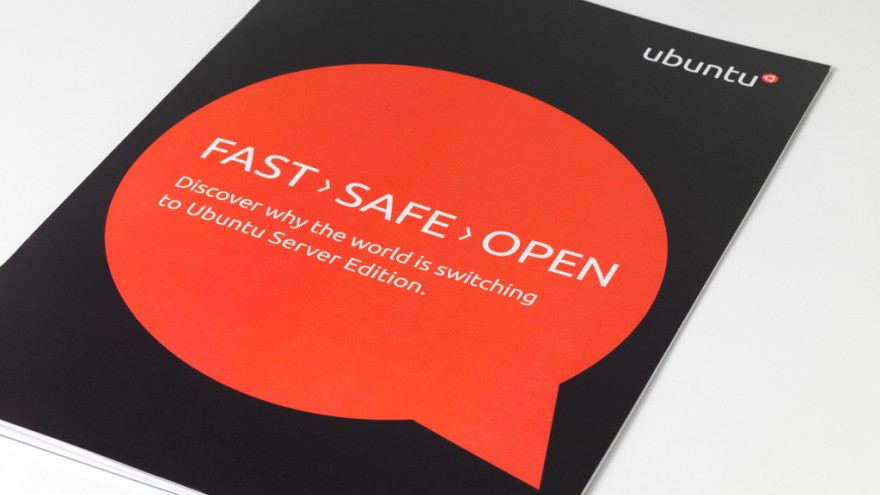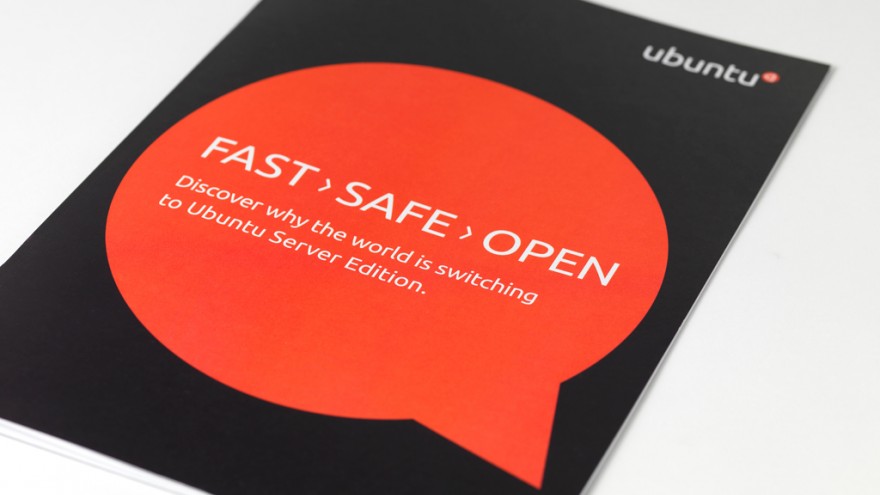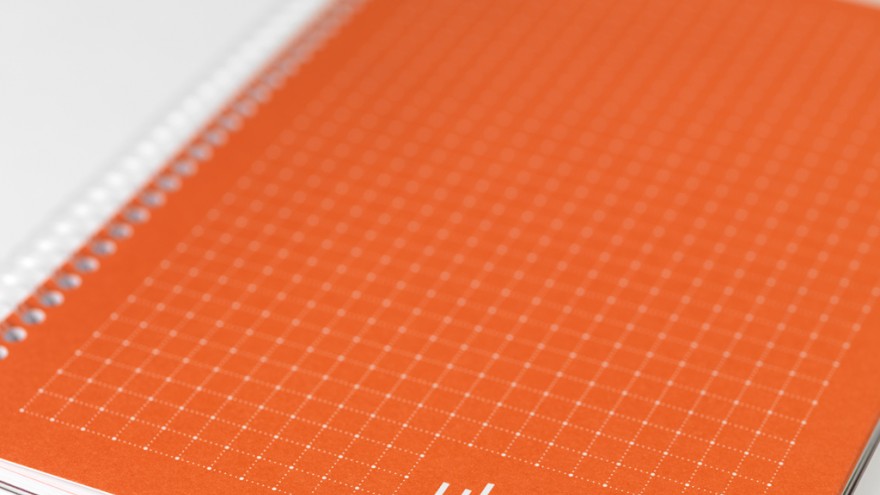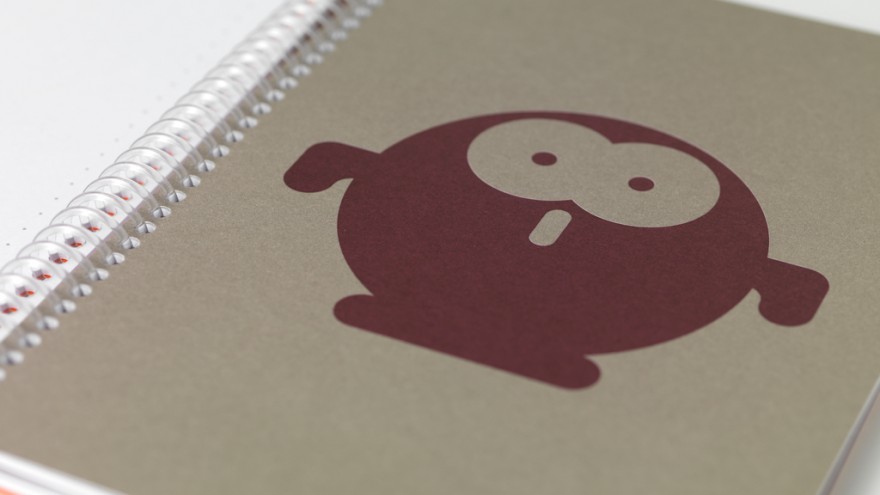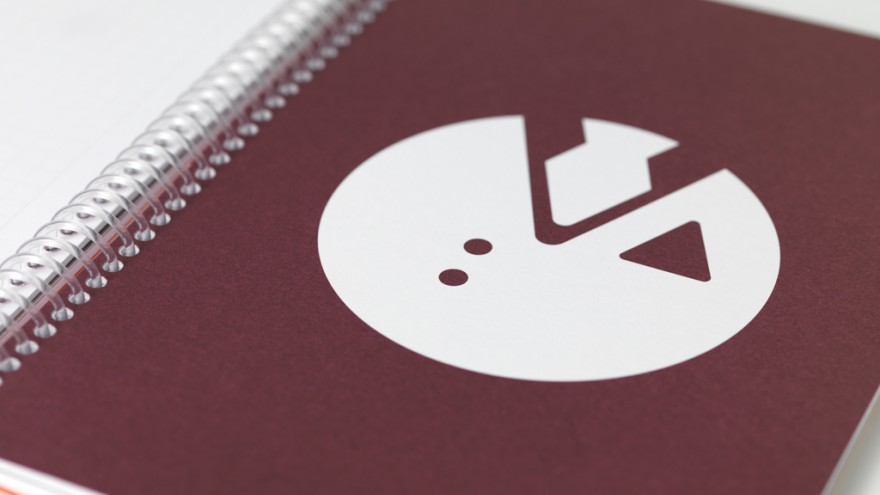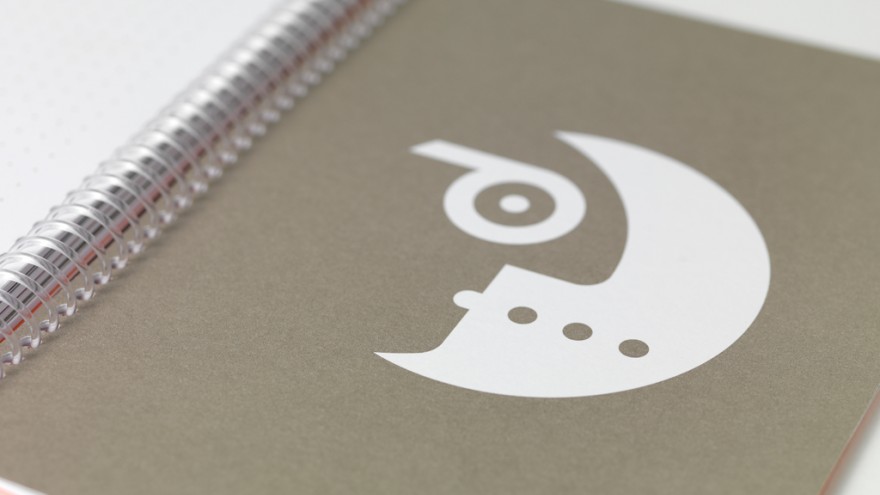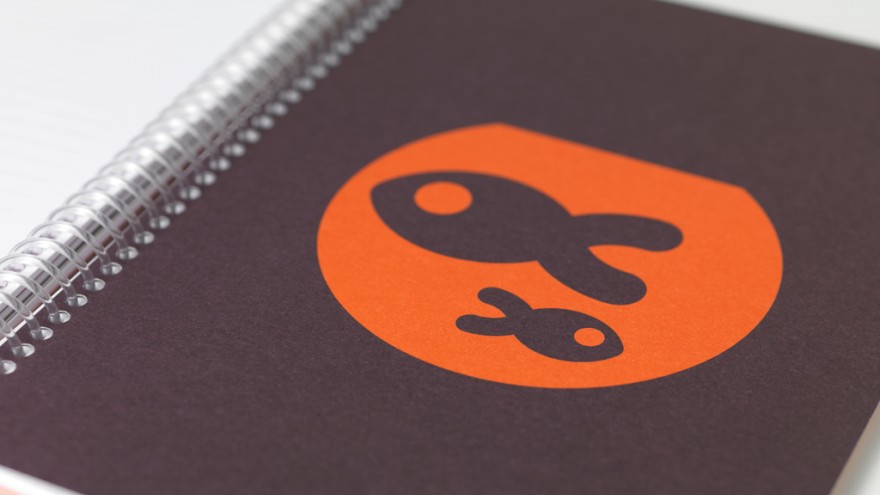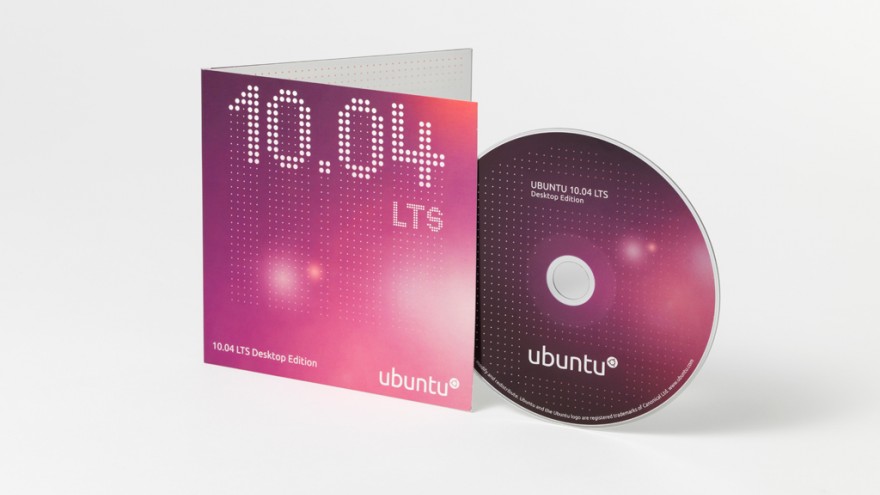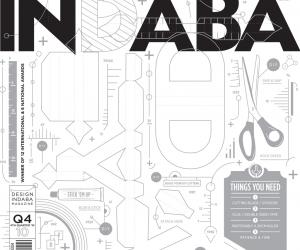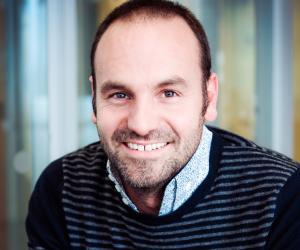First Published in
For those of us who have forgotten how Mark Shuttleworth made his money (and for most of us who never quite fully understood it in the first place), it was a shining example of impressive business leadership, insightful positioning in the market and a stroke or two of luck. Shuttleworth’s company Thawte was one of only two vendors approved by the major browser of the time for issuing security certificates. This was for the entire market of secure internet transactions; services we use daily when we make a purchase online or use internet banking. His competitor bought him out for the hearty sum of R3.5-billion.
His success shows that you don’t need to be based overseas to make it big – although we prefer to ignore the fact that he’s been living in the UK for the past few years. While many might be satisfied with achieving such fortune, it seems Shuttleworth only dreamed bigger after indulging his whimsy for space tourism and becoming the first African in space. Not content with a life of leisure, he has driven a number of initiatives including the Shuttleworth Foundation that supports social entrepreneurs. True to his professional roots in software, he has also maintained his open source evangelism.
One of his primary open source projects has been the Ubuntu operating system, which has grown to over a million users worldwide since he started funding it in 2004 under the supervision of his company Canonical. It is a free operating system that is made possible by the open source communities that support it. The term “ubuntu” describes an African humanist perspective that holds as its central tenet that the self-realisation of any person is through their reflection in others. This philosophy resonates closely with the open source culture behind it. People all over the world, many giving their time away for free, have collectively created one of the world’s most successful operating systems rivalling the giants like Microsoft.
Now Shuttleworth is introducing design into the Ubuntu mix. Led by Ivanka Majic, a new effort in design thinking is being brought to Canonical, while typographer Bruno Maag of Dalton Maag has created a full open source font family. With perspectives including human-centred usability, their goal is to make the best possible operating system experience. If Apple won us over with the power of design, could design bring Ubuntu to the masses?
What is it about Ubuntu and the open source culture that you find so compelling?
We’re in the middle of a sea change in the way content is created. Essentially the internet is allowing people to collaborate, cooperate and share work in a way that has never been possible in the past. In a very real sense the laws of economics are being rewritten as essentially the digital world becomes the real world as far as commerce is concerned. I love to be part of big sweeping changes in one way or another, and for me that is the defining change of this decade in commerce. Ubuntu is an expression of that.
The essence of it is how you draw together and synthesise the contributions of so many different people in so many different places. A lot of the ideas we are exploring in Ubuntu are focused on that, trying to understand the real dynamics between people, organisations and the content itself, which in our case is code. I think in every field the rules will be slightly different. How you stimulate contribution and participation in the music industry is going to be quite different to how you do it in typography and quite different to how we do it in software, but there are some underlying commonalities.
What is your involvement in product design at the moment?
Canonical is working at redefining the basic desktop software experience. While the rest of the world is off chasing phones and tablets and other things, for us this is an opportunity to raise the bar on the base desktop experience. That’s the thing people most visually associate with Ubuntu. But at the same time we’re also championing the idea of design in free software, bringing design firmly into the conversation for how free software is built.
Ubuntu has been a project of yours for quite some time. What aspirations do you have for its future?
Well I want Ubuntu to reflect the pinnacle of what is possible with free software. Free software increasingly defines the everyday software experience; it’s free software that is at the heart of cloud computing, Mac OS and Android. It’s an ambitious thing to say that I want Ubuntu to represent the very best of what’s available from the free software world, but that’s what we’ve set out to do. It’s a substantial responsibility because you’ve got thousands of people, really expert people, contributing to open source software and we want to make sure that we reflect their work to both a corporate and a home audience.
What are some of the biggest challenges you’ve faced and what have you learned from them?
I think the biggest challenges have been how to integrate the design process, which is such an intimate mental and physical pursuit with this highly distributed coding culture that we have in open source. And that remains a challenge. We’re inventing the tools and the language. For example, we’re embracing technology that was developed for computer games in order to make the design experience into a collaborative environment that is as real as possible.
You’ve accomplished so much in your life. Looking back, what have been your proudest achievements and does your trip to space still take the top position?
It was an incredible privilege to have had the opportunity to do that, but I think life presents us with a series of challenges, and it’s very hard to compare and contrast them. I mean I’m learning as much from the exercise of building the Ubuntu community and Ubuntu itself, and working with a growing company like Canonical, as I did from the space exercise. But I’d hate to think of it as a pinnacle, because that would suggest it was downhill all the way from there. I just think life, for all of us, continually presents us with opportunities to take on new challenges. There’s no such thing as retiring in my book.
What is your experience of open source in Africa?
There are many individual leaders who have commented on the great opportunity that open source represents for Africa. Africa simply never created legacy infrastructure so it doesn’t have anything holding it back from adopting the next great infrastructure, which really is open source.
But really driving open source requires a certain confidence in the technology that broadly speaking isn’t present across the continent. If I look at universities across the world, what is an interesting parallel, is that the best universities, the MITs, the Harvards, the Princetons, the Cambridges, UCT and Wits and so on, they all make heavy use of open source because they have the confidence to shape technology in the way they want it to be. It’s enormously empowering for them because they can innovate dramatically on top of an open platform. But your mediocre and poor universities don’t have that confidence. So they tend to stick with the old legacy proprietary ways of doing things.
Similarly, in an African context there are few institutions, individuals and companies that have embraced it and done very well. But it’s not nearly as directed a strategy as I see for example in Brazil where you have very conscious efforts to accelerate the use of open source in government. In China there’s also very conscious strategic investment in open source to make sure that government departments and companies use it effectively.
Africa is behind in that sense. But there are some success stories, for example some telecoms companies that have effectively improved their efficiencies by embracing open source end-to-end and are competing very successfully as a result.
We’re seeing some tremendous developments in mobile computing especially at the moment. What do you see as the most exciting changes?
I have no doubt that the majority of devices sold in the future are going to have open source at the heart of them. Android is the number one selling smart phone platform. It’s an open source platform. And for most people, their primary computing platform is going to have open source somewhere inside it. So that’s very cool.
What do you do when you’re not working – what do you do for fun?
I really resent that question, because it implies that work isn’t fun.
What do you do for fun that doesn’t involve open source?
Well I read and think a lot. I think a lot about how the world is changing and the interesting developments that are taking place. I developed a little interest in eco tourism so I’ve started working up a plan for some eco tourism work in Africa. I also had a bit of a snowboarding habit, but that’s been sidelined by a kite surfing habit. I’m a bit fickle when it comes to hobbies and things like that, so mainly I potter along and think about Ubuntu.
How do you feel about being called an Afronaut?
I think it’s brilliant. I’m very proud to be African you know. I think being conscious of and proud of your roots is part of being able to bring a different perspective to something, which gives you a competitive edge. I think that’s very important. And being South African is part of that for me.
Do you see yourself returning to South Africa one day?
Very much so. I continue to invest in the country both from a commercial point of view but also personally. I treasure the time that I spend in Cape Town and hope this time grows again now that I’ve got some of my wanderlust sorted out.
Guy Bedford is Designindaba.com's web developer extraordinaire. He has a Masters degree in mathematical modelling from the University of Oxford and is also an open source contributor.
Human-centred usability
User-centred design is one of the fundamental tenets of the Ubuntu open source operating system. At the helm of Canonical’s design team is Ivanka Majic, passionate advocate of “human-centred” design, with a keen interest in people and the way they interact with technology.
With user-centred design as a relatively new meme in the design community, Majic believes that understanding the needs of the user is a key priority. The process involves various levels of research and data from which Majic has to extract the useful elements to build the user experience on.
“At the heart of the user-centred design process is understanding the difference between what people ask for and what they actually need,” she says. Incorporating ethnographic research and usability studies into the design process and ensuring that it gets actioned properly are some of the key areas in Majic’s work.
A much more considered dialogue, which puts the user at the front of the conversation, is what Majic and her team bring to the process of designing user interfaces, Shuttleworth says. He adds: “It’s testing those exciting crazy ideas against the cold light of reality and getting some rigour and diversity into the design process, which is the bit that I find really impressive.”
Majic describes working with Shuttleworth as “brilliant” and adds that they work very well together: “I invite being challenged and I think he does too.”
Open source font family
A font is one of those curious, often subconscious, design elements. It is sometimes difficult to pinpoint why and how it works, but it immediately creates a feeling of unease when it doesn’t work. Fonts are an important part of the identity of a project or brand. It adds an understated value. It is therefore only appropriate that Ubuntu has its own custom-designed typeface.
Swiss-born typographer Bruno Maag had the honour of developing the Ubuntu font family. The suite consists of 13 font styles, from light to bold with italics, some monospaced styles and a condensed weight.
Calling the font Ubuntu makes the origin and purpose of the font immediately recognisable. Referring to a humanist philosophy of openness and sharing, the name Ubuntu ties in well with the typeface’s status as fully comprehensive open source font.
Maag’s brief was to “create a contemporary font design that can be used in a wide range of applications… and to implement a sense of Ubuntu that conveys lightness, clarity and simplicity”.
The objective with the font is to reach as many users as possible right from the start, “The character set comprises Latin A and B Extended, Greek Polytonic and Cyrillic Extended for all fonts,” Maag explains. Ubuntu is ideally suited to use on screen and in print. It’s not ideally suited for body type in books, newspapers and magazines, but would be ideal for headlines and leaders.

